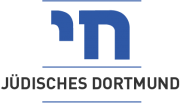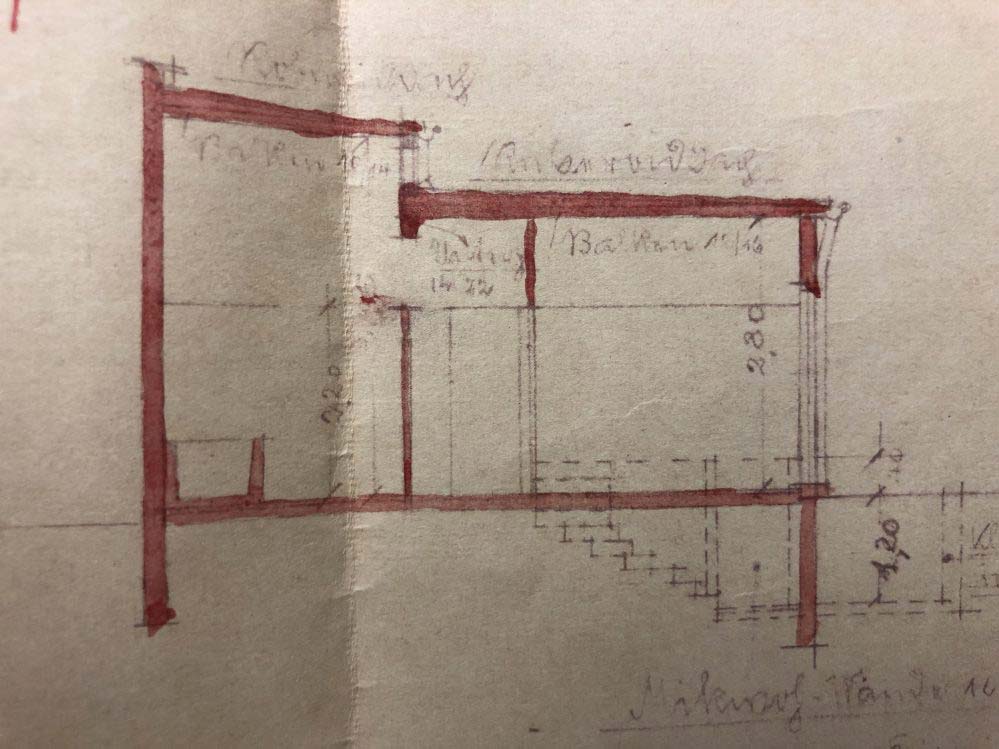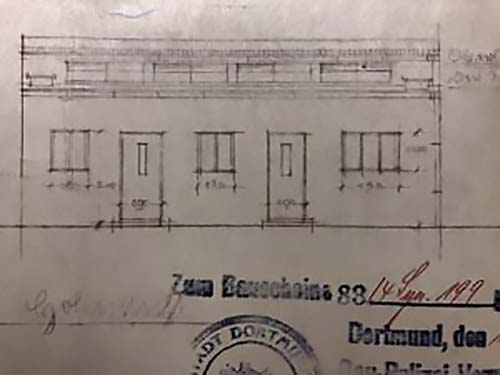Eastern Jewish prayer houses
In the mid-1920s, around a third of the Jews living in Dortmund held not German citizenship but that of other countries, in most cases that of Poland. In 1925, this group made up exactly 1,200 of the 3,820 Jews living in Dortmund, having come to the city either as migrant workers or in some cases in flight from the pogroms taking place in Eastern Europe. Generally referred to as “Ostjuden” (i.e. Eastern European Jews) and characterised as “Orthodox”, contact between these “Polish Jews” and the community of long-established Liberal Jews and their synagogue on Hiltropwall tended to be very limited.
The families of the Orthodox Jews lived mainly in the neighbourhoods to the north and north-east of the main station. Here, they had their own prayer houses and prayer rooms, and also a Thora-Talmud school. Places of assembly are known to have existed in Leopoldstrasse, Zimmerstrasse and Krautstrasse. From 1930 onwards, there was also a mikveh, or ritual bath, located in a building at the rear of the house at Leopoldstrasse No. 31. Accounts by Jews who formerly lived in Dortmund and attended these prayer houses as children tell of the bustle and constant “palaver” that went on during the religious services, saying that while the important men prayed, the others spent their time chatting to one another, very often about football, and the children played.


